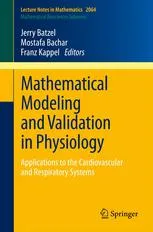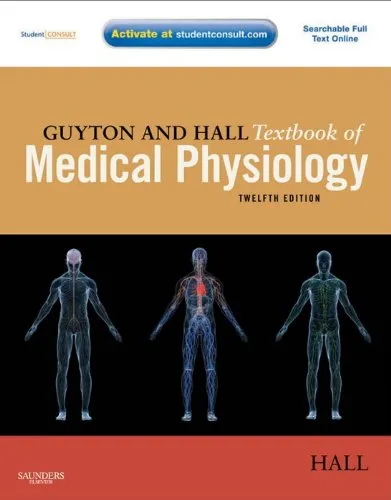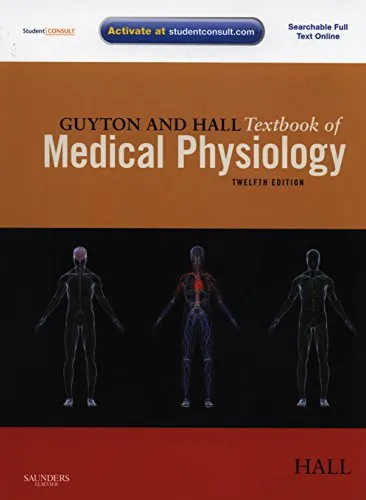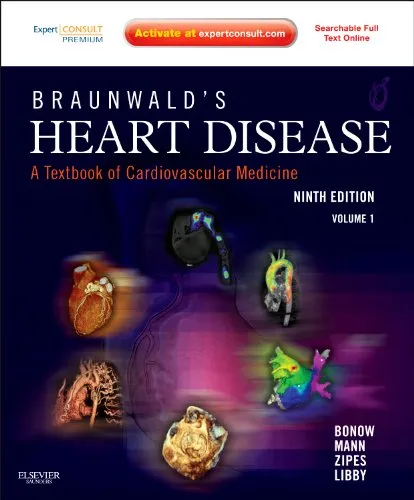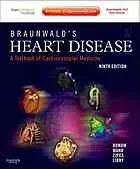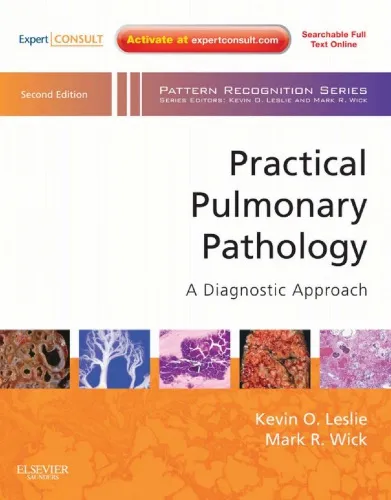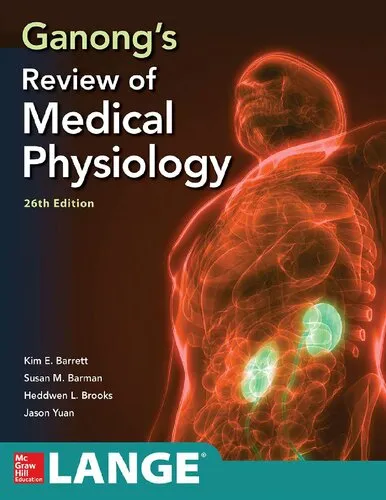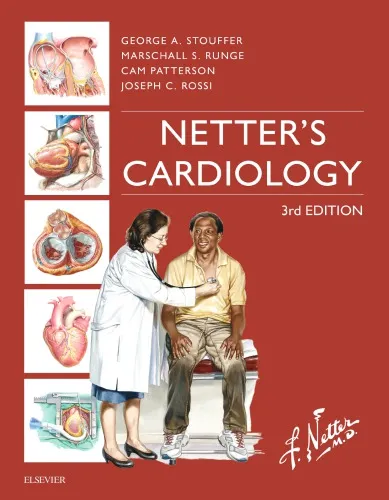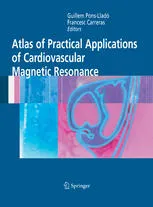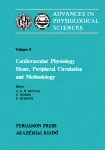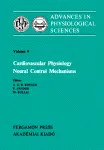Mathematical Modeling and Validation in Physiology: Applications to the Cardiovascular and Respiratory Systems
4.0
Reviews from our users

You Can Ask your questions from this book's AI after Login
Each download or ask from book AI costs 2 points. To earn more free points, please visit the Points Guide Page and complete some valuable actions.Related Refrences:
Introduction to "Mathematical Modeling and Validation in Physiology: Applications to the Cardiovascular and Respiratory Systems"
This book serves as a comprehensive guide to the utilization of mathematical modeling in understanding physiological processes, with a keen focus on the cardiovascular and respiratory systems. The intent is to bridge the gap between theoretical models and practical, clinically relevant applications.
Detailed Summary of the Book
This book is a collaborative effort, authored and edited by Jerry J. Batzel, Mostafa Bachar, John M. Karemaker, and Franz Kappel. It delves into the application of mathematical frameworks to model physiological phenomena, specifically concentrating on the cardiovascular and respiratory systems. This work highlights the unique intersection where mathematics meets biology, offering insights into how mathematical equations can simulate complex biological processes and predict the behavior of physiological systems.
The book systematically discusses various modeling techniques, validation methods, and the integration of data to improve model reliability and accuracy. The authors provide a step-by-step analysis of model development, from the formulation of equations to the validation against experimental data. Complex concepts are elucidated with clear examples, making the book accessible to both seasoned mathematicians and physiology researchers.
Moreover, the book offers a plethora of case studies that showcase how these models can be applied in real-world scenarios, emphasizing their utility in clinical settings. The content is well-structured, progressing from fundamental principles to advanced applications, ensuring that readers can build on their knowledge progressively.
Key Takeaways
- The integration of mathematical models into physiological research provides a potent tool for predicting system behaviors and potential clinical outcomes.
- Model validation is crucial for ensuring that theoretical predictions align with real-world data, thereby enhancing model reliability.
- Collaboration across disciplines, as showcased in this book, is essential for innovative advances in physiological modeling.
Famous Quotes from the Book
"In the realm of biological systems, where complexity reigns supreme, mathematics offers a lens through which we can glimpse order and predict behavior."
"Modeling is not just about replication; it is about understanding the underlying mechanisms that drive physiological responses."
Why This Book Matters
The significance of this book lies in its practical application and multidisciplinary approach. As healthcare continues to advance, the need for robust models that can predict physiological responses and systems’ behavior in various conditions becomes paramount. This work empowers researchers, clinicians, and students to develop and refine models that will enhance diagnostic and treatment strategies.
By comprehensively addressing both the theoretical and empirical aspects of modeling, the book equips readers with the tools necessary to contribute valuable insights into the fields of cardiovascular and respiratory physiology. Moreover, this book fosters a deeper appreciation for the role of mathematics in advancing medical science, pushing the boundaries of what can be achieved through interdisciplinary collaboration.
Free Direct Download
You Can Download this book after Login
Accessing books through legal platforms and public libraries not only supports the rights of authors and publishers but also contributes to the sustainability of reading culture. Before downloading, please take a moment to consider these options.
Find this book on other platforms:
WorldCat helps you find books in libraries worldwide.
See ratings, reviews, and discussions on Goodreads.
Find and buy rare or used books on AbeBooks.
1438
بازدید4.0
امتیاز0
نظر98%
رضایتReviews:
4.0
Based on 0 users review
Questions & Answers
Ask questions about this book or help others by answering
No questions yet. Be the first to ask!
